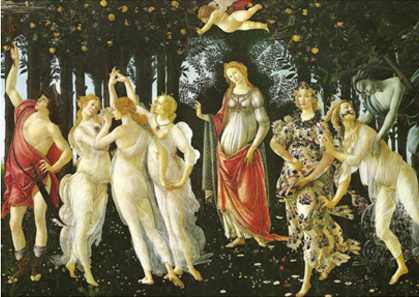PICK THE rose. It used to symbolise the Virgin Mary and, before her, Venus, the pricking of its barbs being likened to the wounds of love. The association still survives in the common meaning of a bunch of roses (''I love you''). Flowers might be delicate and short-lived but they have acquired a vast range of unpredictably durable meanings, a whole bouquet of significances: affection, virtue, chastity, wantonness, religious steadfastness, transience. The modern multiplication of floral emblems and trademarks has, however, taken its toll. When the red rose can stand for the Labour Party, a box of chocolates and Blackburn Rovers FC, it seems fair to say that its symbolic potency has been somewhat diluted by over-use.
''Flora Photographica: Masterpieces of Flower Photography'', at the Serpentine Gallery, may be intended as a demonstration of the continuing fertility of the floral image, its development and cultivation within the modern medium of photography. But the exhibition seems to look, not forwards, but back: it is full of pictures that have the quality of echoes, Chinese whispers, belatedly recollecting much older ways of seeing flowers and finding meaning in them.
When Bert Stern photographs Marilyn Monroe holding a pair of overblown rose blossoms to her breasts like a floral bikini, he is self-consciously remaking her as Venus, as a modern goddess of love. When Cecil Beaton frames Marlene Dietrich beside a large orchid, he is distantly evoking the association between orchids and exoticism suggested by Manet in his Olympia. The exhibition constantly redirects attention away from the images which it contains and back to their origins in art.
The painting of flowers used to be regarded as the lowest of the genres and it is, still, the least theorised. So while the history of flowers in art contains all kinds...

Say it with flowers, pick the rose.
01-09-1992

